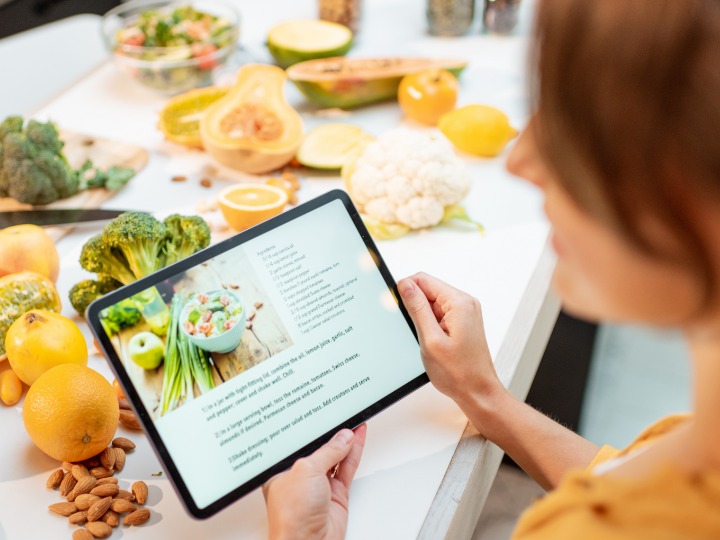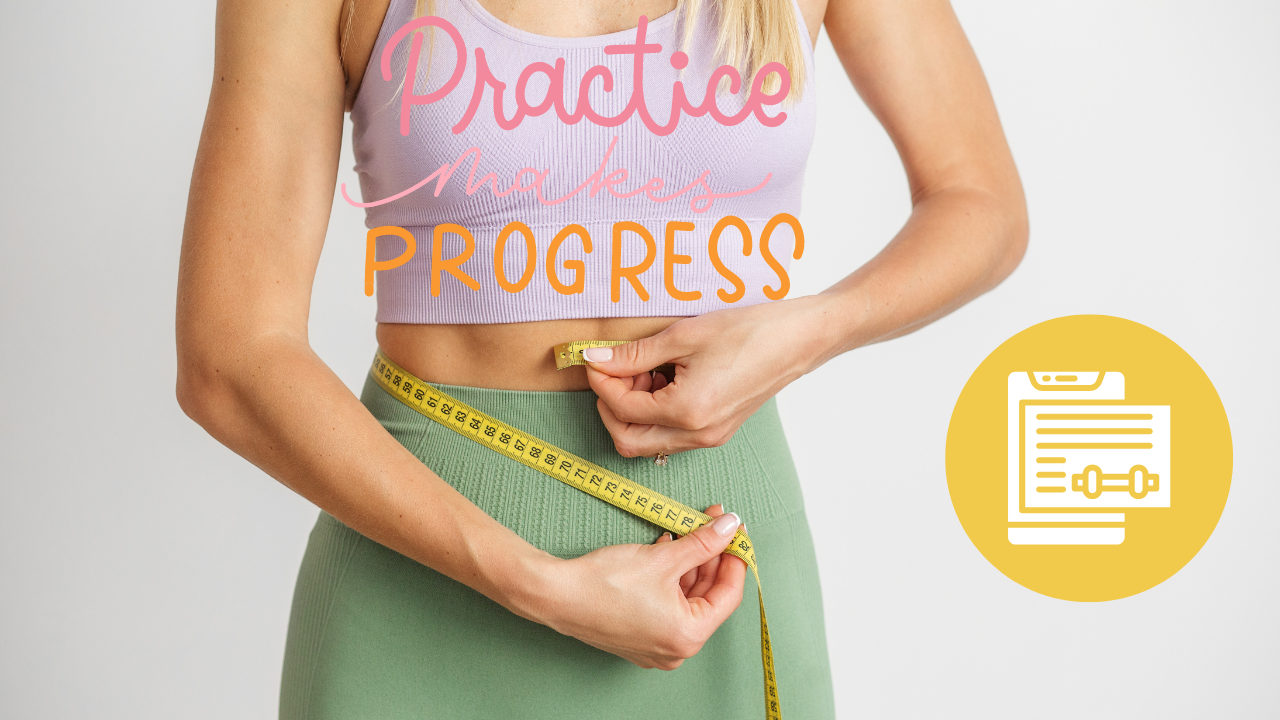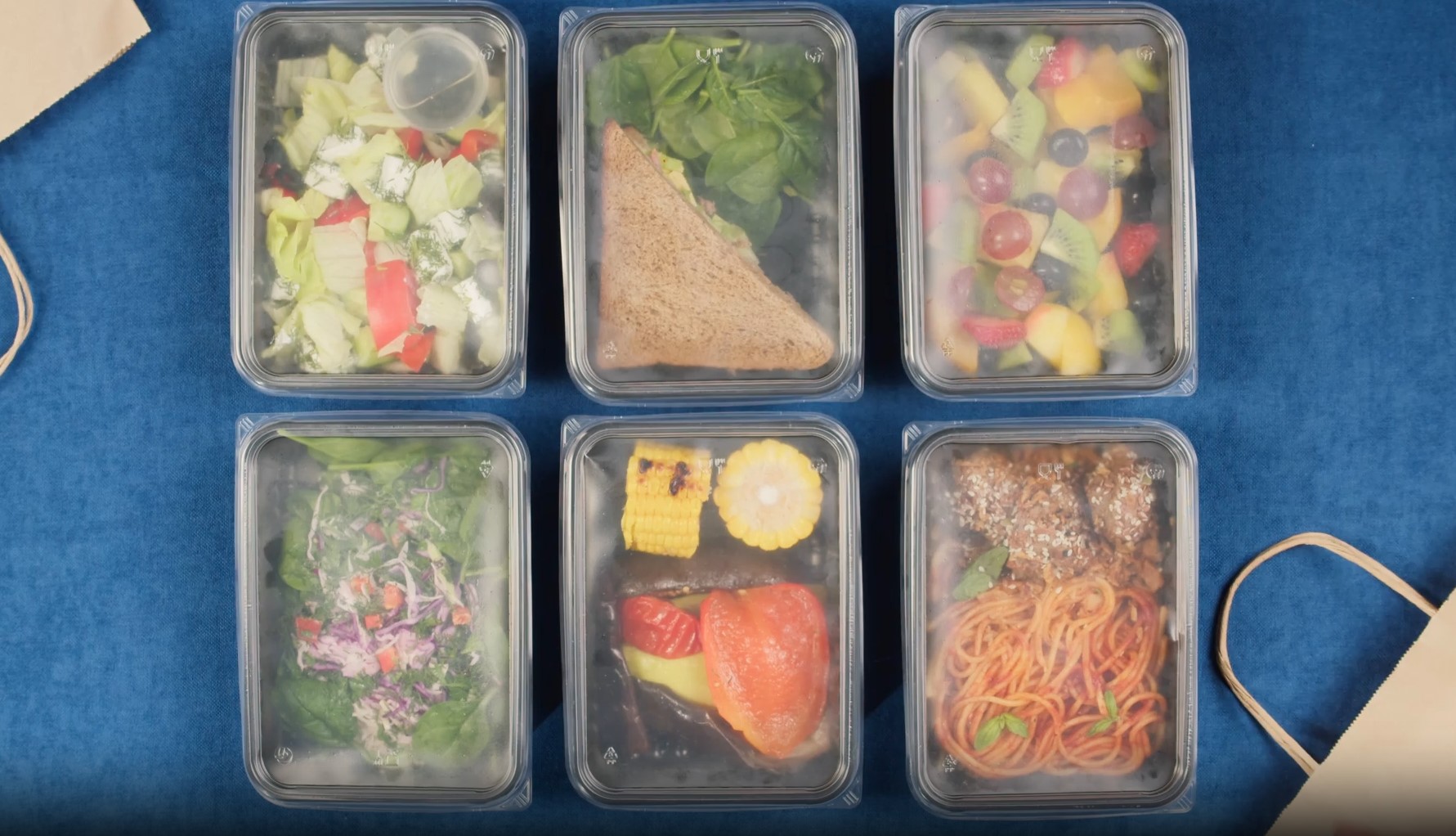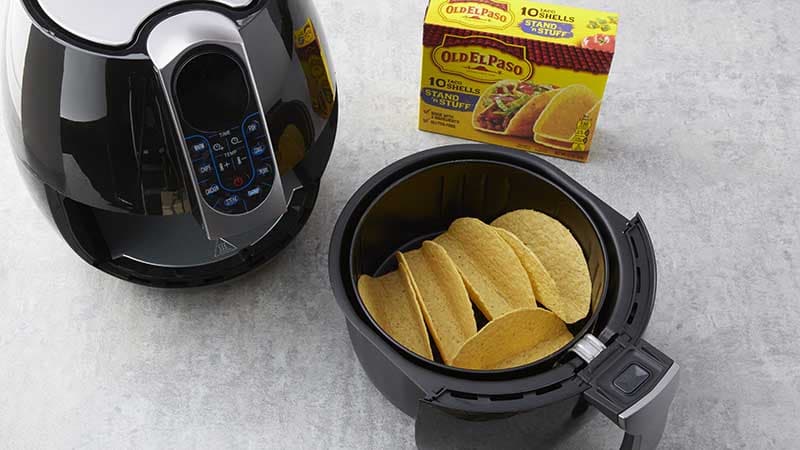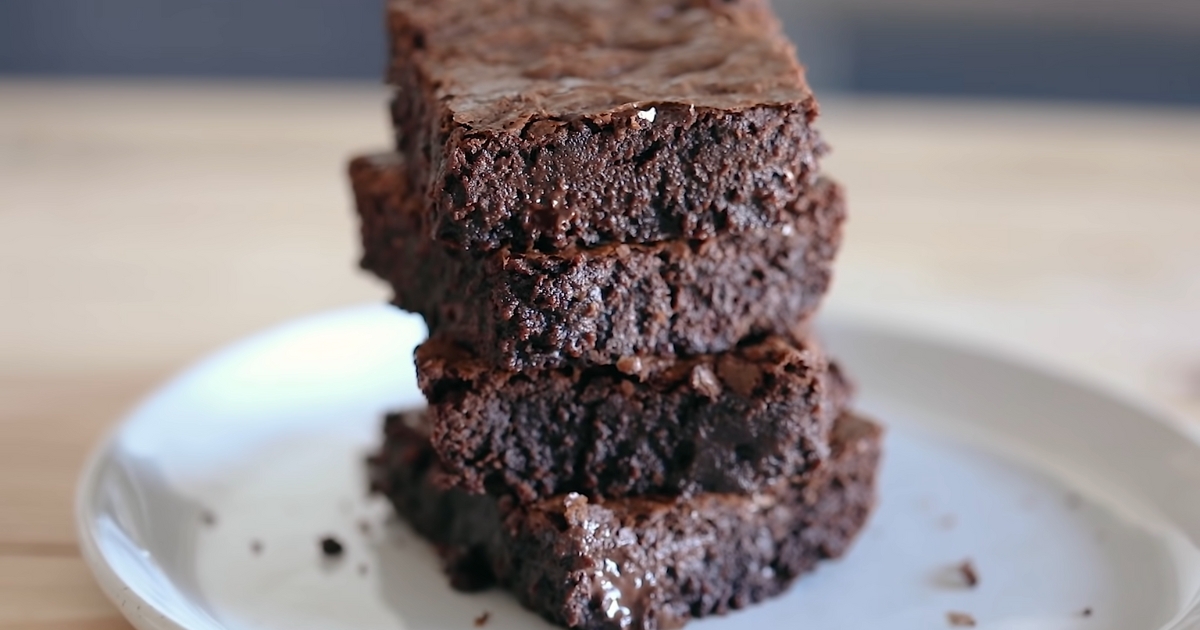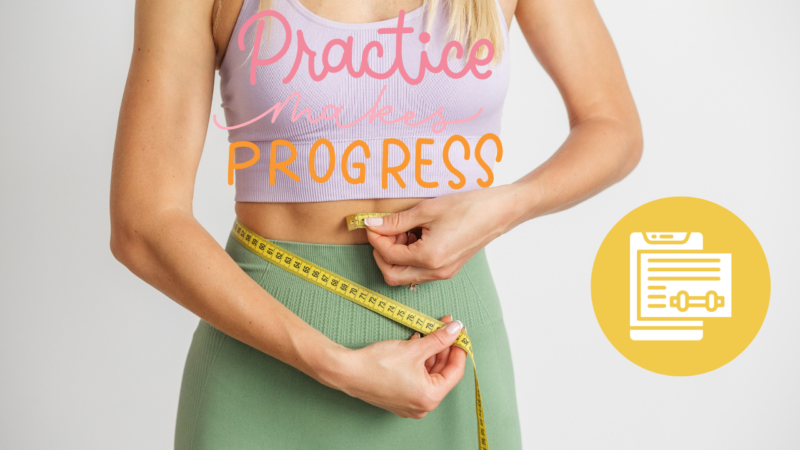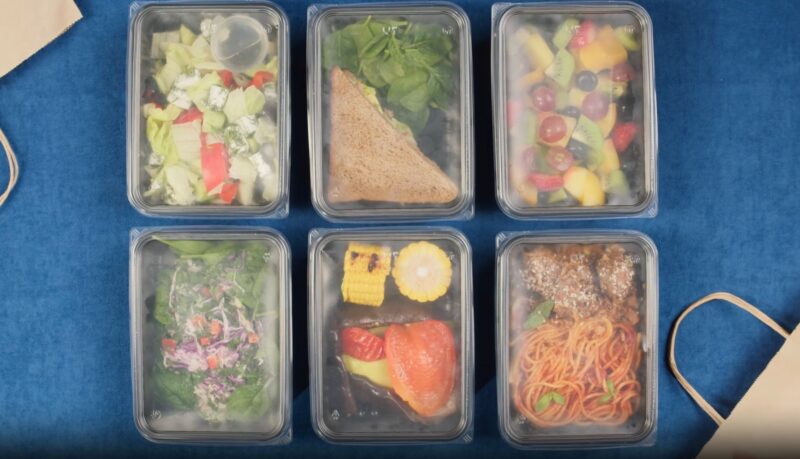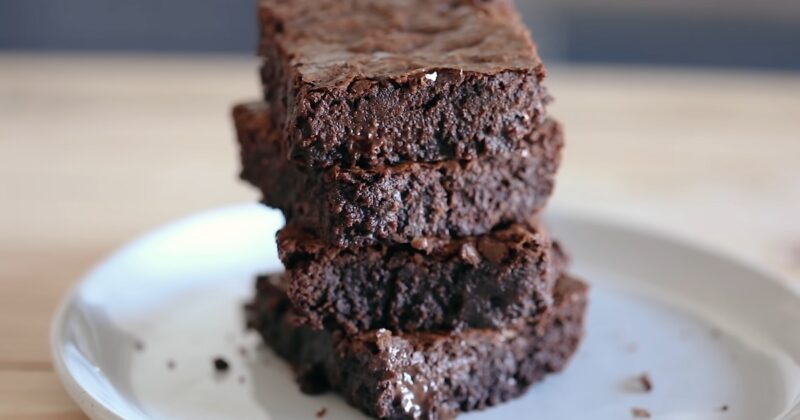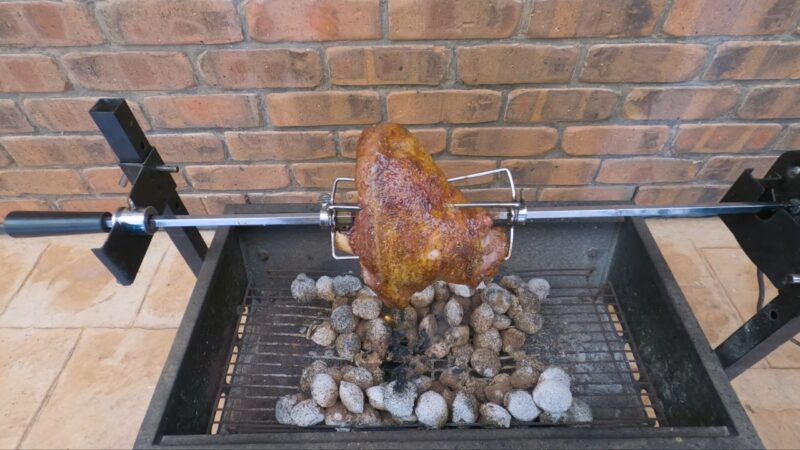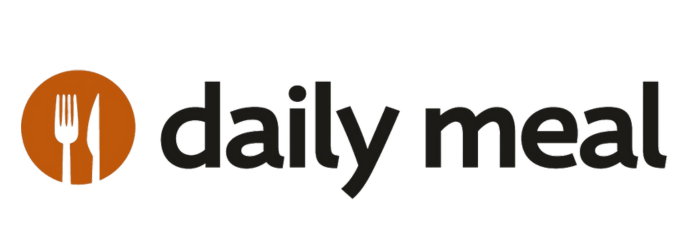
Who doesn’t love the sound of those kernels popping and the aroma that fills the room? I know I do.
But have you ever paused to wonder about the calorie content and gluton of that bag of popcorn you’re munching on? Understanding the calorie content in popcorn is more than just a number game. It’s about making informed choices, especially if you’re watching your weight or just aiming for a healthier lifestyle.
Types of Popcorn
Popcorn comes in a variety of flavors and styles. From the classic buttered to the plain and even the exotic flavored ones, there’s a type for every palate. But did you know that the type of popcorn you choose can significantly impact its calorie count?
- Buttered: This is the classic movie theater popcorn. It’s rich, creamy, and oh-so-delicious. But with great flavor comes great responsibility. The butter and additional toppings can add quite a few calories.
- Plain: The purist’s choice. It’s simple, light, and lets the natural taste of popcorn shine through. Plus it’s generally lower in calories compared to its buttered counterpart.
- Flavored Popcorn: From caramel to cheese to spicy jalapeño, flavored popcorns are a treat for the taste buds. However, the added flavors and coatings can also add to the calorie count.
| Type of Popcorn | Calories |
| Buttered | 170 |
| Plain | 90 |
| Caramel | 150 |
| Cheese | 140 |
Serving Size Matters
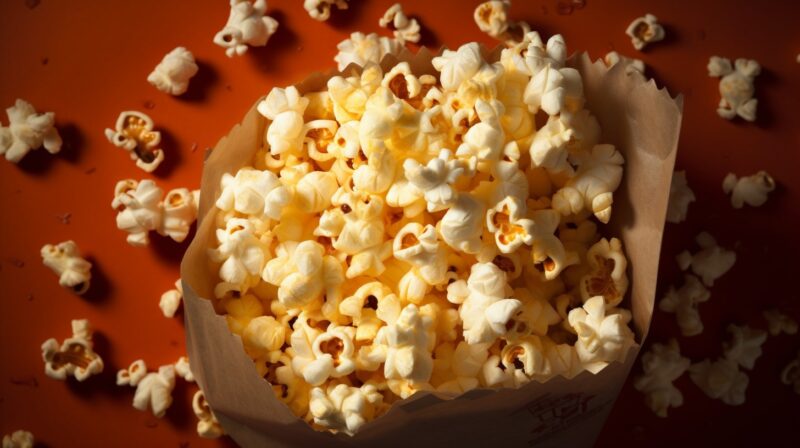
Ever heard the saying, “Too much of a good thing can be bad”? Well, it applies to popcorn too. The number of calories in a bag of popcorn can vary greatly depending on the serving size. So, it’s essential to know how much you’re actually eating.
Firstly, it’s crucial to understand that the serving size mentioned on the packaging might not match your personal serving size. For instance, if the bag says a serving is 3 cups, but you eat the entire bag, which is 9 cups, you’re consuming three times the calories listed per serving.
Secondly, measuring an accurate serving size isn’t rocket science. Use measuring cups to get an idea initially. Over time, you’ll be able to gauge it by eye.
Lastly, remember that while popcorn is a healthier snack option, moderation is key. It’s easy to get carried away, especially during a gripping movie or a binge-watching session.
| Amount Consumed | Calories Consumed (Plain Popcorn) |
| 1 cup | 30 |
| 3 cups | 90 |
| 9 cups (full bag) | 270 |
Unpopped vs. Popped Calories
When you look at a bag of popcorn kernels, it’s hard to believe that those tiny things can pack so many calories. But they do! The calorie content in unpopped kernels is different from that of popped popcorn. Here’s why:
- Unpopped Kernels: These little seeds are dense and compact. They contain all the energy and nutrients needed to pop into the fluffy snacks we love. So, naturally, they have a higher calorie concentration.
- Popped Popcorn: Once the kernels pop, they expand in size. The water content inside the kernel turns to steam, causing it to burst open. This expansion means that the same weight of popped popcorn will have fewer calories than its unpopped counterpart.
- Comparison: Let’s say you take 100 grams of unpopped kernels. They might contain around 370 calories. But when you pop them, the volume increases, and the weight distributes over a larger quantity. So, 100 grams of popped popcorn might only have around 90 calories.
| State | Weight | Calories |
| Unpopped | 100 grams | 370 |
| Popped | 100 grams | 90 |
Plain
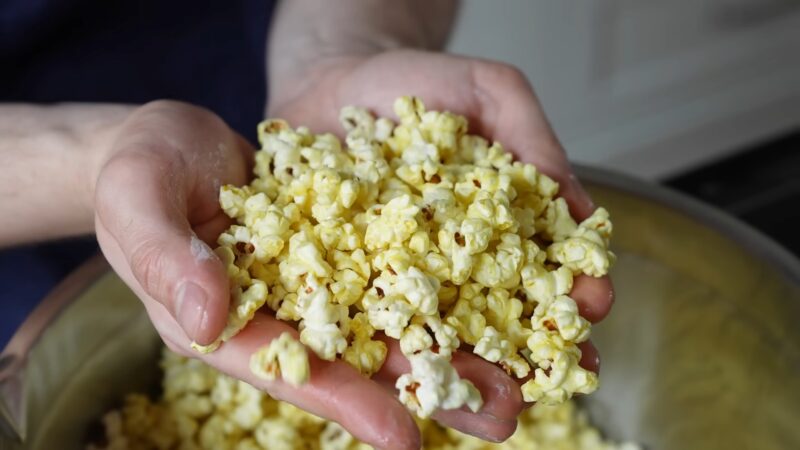
A favorite for many, especially those who prefer a snack without the bells and whistles. But what’s the calorie breakdown?
- Air-Popped: This is the healthiest way to enjoy popcorn. Without any added butter or oil, a serving (about 3 cups) of air-popped contains only around 90 calories. Plus, it’s a good source of fiber and has a low fat content.
- Nutritional Value: Beyond just calories, popcorn offers some nutritional benefits. It contains antioxidants, vitamins, and minerals like magnesium and phosphorus. It’s also a whole grain, which can be beneficial for heart health.
- Keeping It Healthy: While plain is low in calories, the toppings you add can quickly change that. A drizzle of butter, a sprinkle of cheese, or a dash of caramel sauce can increase the calorie count. So, if you’re watching your waistline, be mindful of your toppings.
Buttered
Ah, the rich and creamy taste of buttered popcorn. It’s a classic, but it’s also a calorie bomb.
- Calories: The butter and oils used to give popcorn that rich flavor also add calories. A serving of buttered popcorn can contain around 170 calories or more, depending on how generously it’s buttered.
- Impact of Butter and Oil: Butter is high in saturated fats, which can increase the calorie content. The type of oil used can also make a difference. For example, coconut oil, often used in movie theaters, is higher in saturated fat than canola or vegetable oil.
- Making Healthier Choices: If you love buttered popcorn but want to cut down on calories, consider using a light butter spray or a reduced-calorie butter alternative. You’ll still get the flavor without all the extra calories.
| Topping | Calories Added Per Serving |
| Butter (1 tbsp) | 102 |
| Coconut Oil (1 tbsp) | 117 |
| Canola Oil (1 tbsp) | 124 |
Flavored
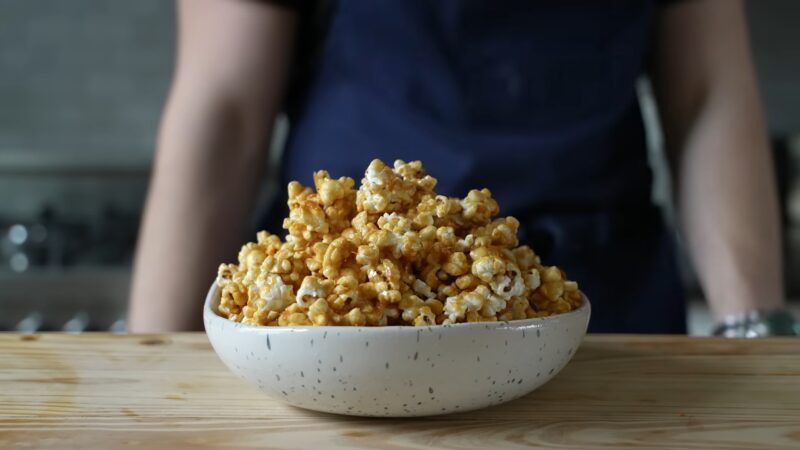
A delightful treat. From sweet caramel to tangy cheese, there’s a flavor for every craving. But how do these added flavors impact the calorie count?
- Calories: The additional ingredients used to flavor popcorn can significantly increase its calorie content. For instance, caramel popcorn is coated in a sugary syrup, while cheese popcorn is dusted with cheese powder or even real melted cheese.
- How Added Flavors Affect Calorie Content: A serving of caramel popcorn can have around 150 calories, while a cheese-flavored serving might contain about 140 calories. Spicy or herbal flavors, like jalapeño or rosemary, might add fewer calories but can still have an impact depending on the ingredients used.
- Considerations for Choosing Flavored Popcorn: If you’re watching your calorie intake, it’s essential to read the nutrition label. Some brands might use artificial flavorings or additives that can add unnecessary calories. Opt for natural flavors and ingredients when possible.
| Flavor | Calories Per Serving |
| Caramel | 150 |
| Cheese | 140 |
| Chocolate Drizzle | 160 |
| Jalapeño | 120 |
Microwave vs. Stovetop
The way you prepare your popcorn can also influence its calorie content. Let’s compare the two most common methods: microwave and stovetop.
- Microwave: It’s quick, convenient, and perfect for a last-minute movie night. However, many microwave brands contain added butter, oil, and flavorings, which can increase the calorie count. A typical serving of microwave buttered popcorn can have around 170 calories.
- Stovetop: When you pop your popcorn on the stovetop, you have more control over the ingredients. Using a minimal amount of oil and your choice of seasonings can result in a healthier snack. A serving of stovetop made with a teaspoon of oil might have around 100 calories.
- Pros and Cons: While microwave is more convenient, it often contains artificial ingredients and preservatives. Stovetop allows for customization but requires a bit more effort and attention.
| Method | Calories Per Serving |
| Microwave (Buttered) | 170 |
| Stovetop (with 1 tsp oil) | 100 |
Popcorn as a Snack Option
More than just a movie-time treat. It can be a part of a balanced diet if consumed mindfully.
- Role in a Balanced Diet: Being a whole grain, popcorn is a good source of fiber, which aids digestion and keeps you feeling full. It’s also low in calories (when not drenched in butter) and can be a satisfying snack that doesn’t break the calorie bank.
- Healthy Alternatives: If you’re looking for ways to make your popcorn snack healthier, consider air-popping it and adding nutritional toppings like chia seeds, flaxseeds, or even a sprinkle of antioxidant-rich dark chocolate shavings.
- Moderation is Key: Like any snack, it’s essential to consume popcorn in moderation. Pair it with a protein, like nuts or cheese, to make it a more balanced snack.
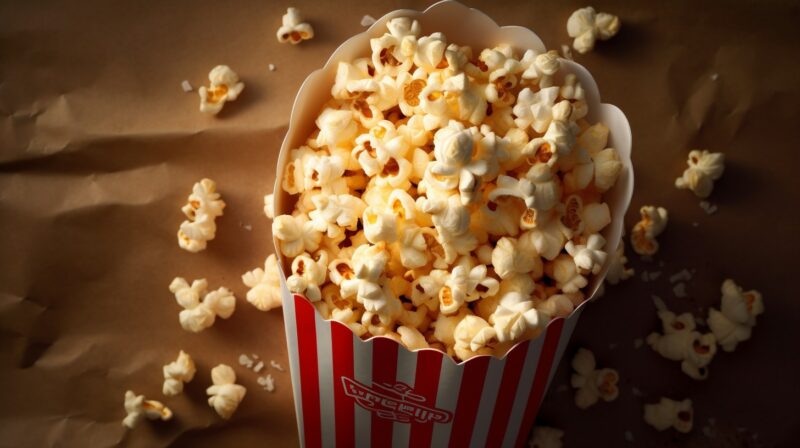
FAQ
What makes popcorn a whole grain food?
Derived from a special type of corn kernel that “pops” when exposed to heat. As a result, it retains its whole grain properties, making it naturally high in several essential nutrients. Consuming whole grains is linked to numerous health benefits, including reduced inflammation and a decreased risk of heart disease.
How does the nutritional content of popcorn compare to other snacks?
Stands out as a snack due to its impressive fiber content. A 100-gram serving of air-popped popcorn contains about 15 grams of fiber, making it one of the world’s top sources of dietary fiber. Additionally, it’s rich in vitamins, minerals, and polyphenol antioxidants, which are beneficial for overall health.
Why might pre-packaged microwave popcorn be considered less healthy?
It often contains chemicals like perfluorooctanoic acid (PFOA) and diacetyl. PFOA is associated with several health concerns, including ADHD, low birth weight, and thyroid issues. Diacetyl, found in artificial butter flavoring, has been linked to lung diseases in animal studies. Additionally, many microwave popcorn brands use hydrogenated oils, which might still contain traces of harmful trans fats.
How can one make a healthier version of popcorn at home?
The healthiest way to enjoy popcorn is by air-popping it or cooking it on the stovetop using minimal oil. By controlling the ingredients, you can avoid harmful additives and excessive calories. For flavor, consider adding fresh herbs, spices, or nutritional yeast, which offers a cheesy taste without the added calories.
Conclusion
We’ve journeyed through the world of popcorn, from the humble unpopped kernel to the flavorful varieties that tantalize our taste buds. It’s clear that while popcorn can be a light and healthy snack, the choices we make in preparation and flavoring can significantly impact its calorie content.
In the end, it’s all about making informed choices. Popcorn is versatile, delicious, and can be both a treat and a healthy snack. So the next time you’re reaching for that bag of popcorn, think about what you’ve learned here. Enjoy your popcorn responsibly and savor every bite!
Thank you for joining me on this popcorn adventure. Here’s to many more flavorful and informed snacking sessions ahead!
Related Posts:

